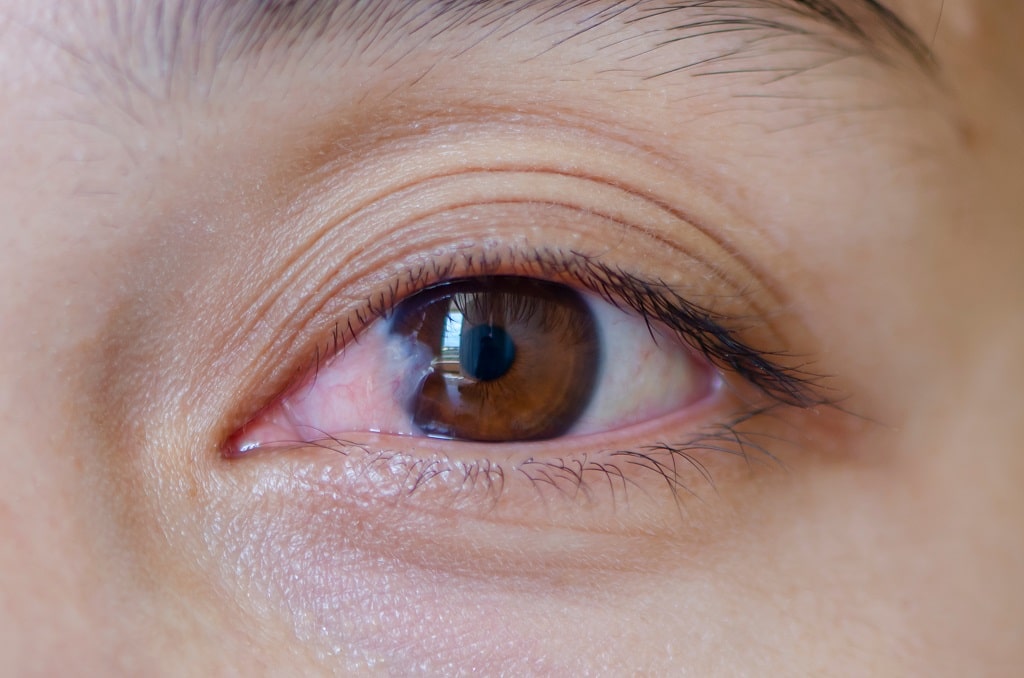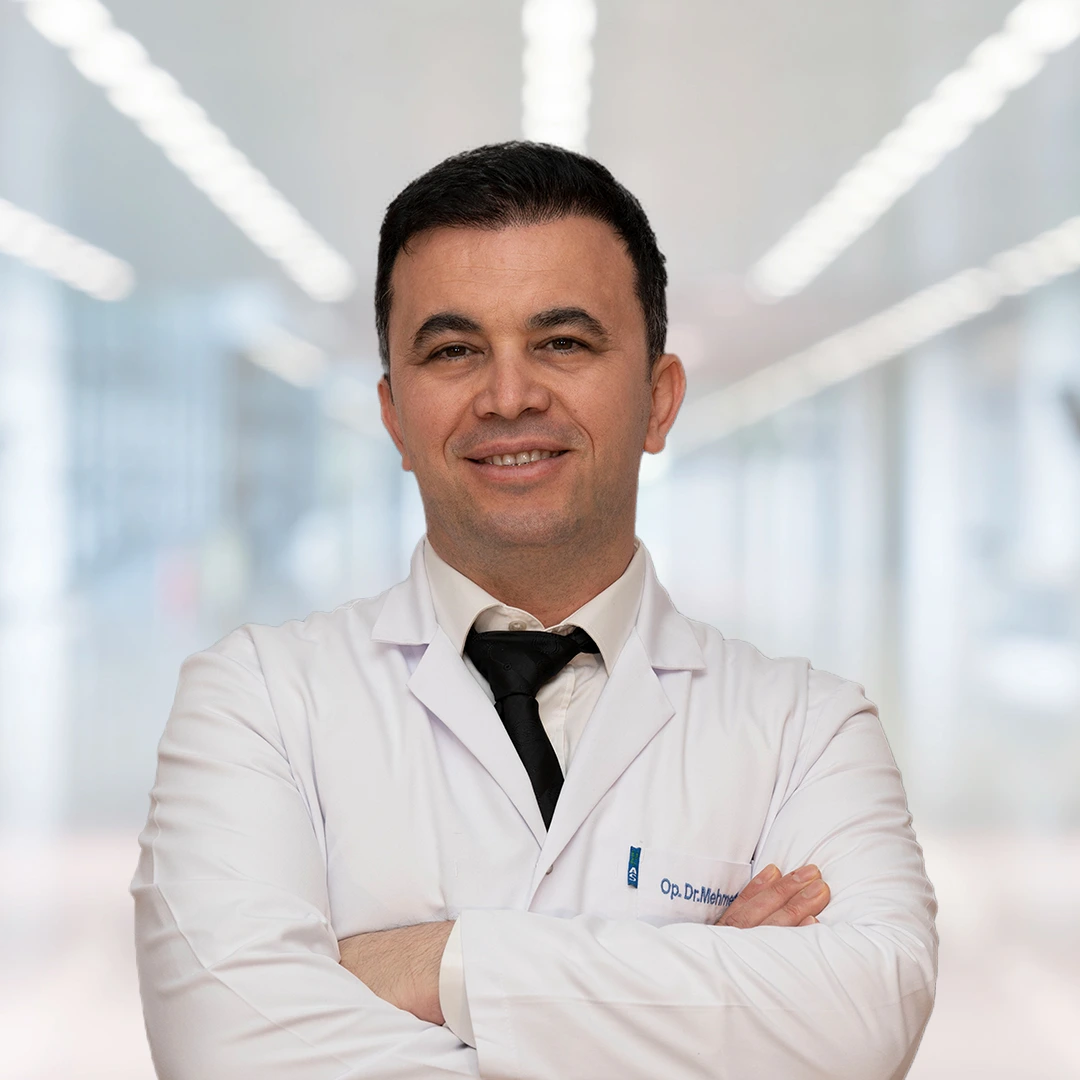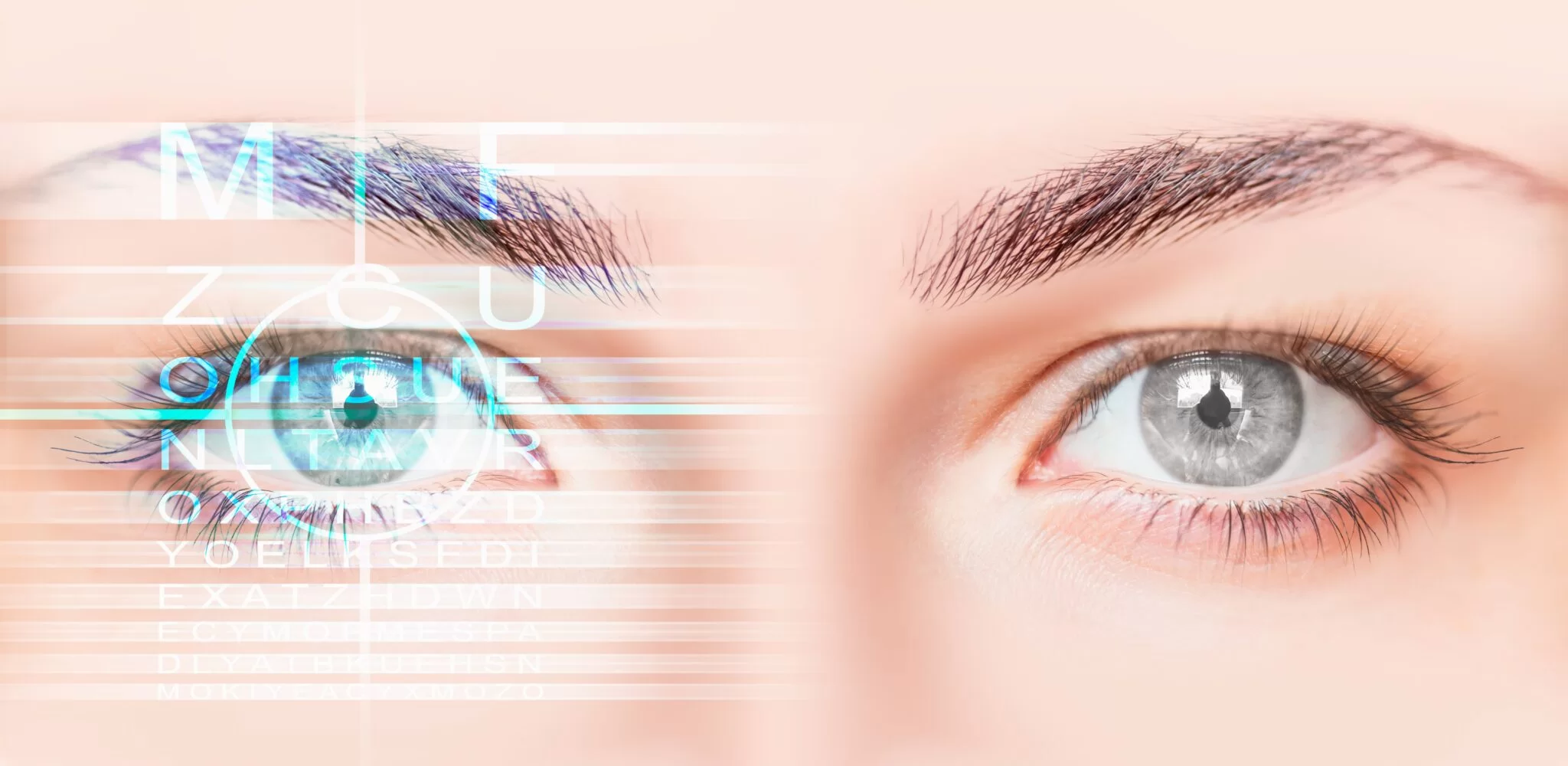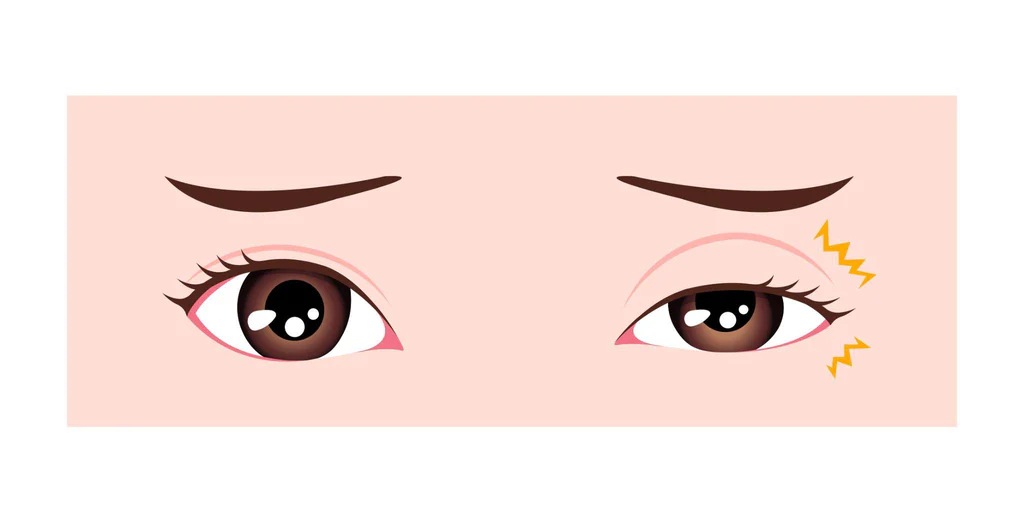QUICK APPOINTMENT FORM

What is Pterygium?
Pterygium is a common problem related to eye health. So, what is pterygium and how does it occur? Pterygium is a tissue that extends from the conjunctiva to the cornea, the transparent layer of the eye. Conjunctiva is a thin membrane layer consisting of vessels covering the surface of our eye like our skin. It is formed by thickening of a thin membrane called conjunctiva that covers the surface of our eye. Just as our skin thickens and calluses form when shoes hit our feet, pterygium is the thickening of the skin layer of our eyes due to external factors. Pterygium usually starts with a hillock on the surface of the eye formed by the accumulation of yellow-white calcium deposits called pinguecula. It is usually seen in the 3 and 9 o’clock quadrants of the eye.

What are the Symptoms of Pterygium?
- Redness of the eye
- Stinging or burning sensation in the eye
- Dry eye
- Blurred vision (in advanced cases)
- Aesthetically unpleasant appearance
What are the Causes of Pterygium?
Pterygium occurs as a result of contact of the eye surface with external factors. Exposure to sunlight, i.e. ultraviolet light, is the most important cause, as well as stimulating factors such as constant dustiness of the working environment or the presence of chemical substances, wind. Pterygium is a more common disease, especially in people living in hot climatic regions.

Is Pterygium Contagious? Can it be passed to other people?
Pterygium is a degenerative disease and is not infectious. Therefore, it does not show a contagious course.
What are the Symptoms of Pterygium?
Pterygium causes symptoms that vary according to the degree of progression on the corneal surface. Among these, stinging, burning, watering, redness are the most common findings. In more advanced patients, the corneal surface may cause astigmatic changes and loss of vision as the corneal surface is covered with pterygium.
What will you feel during pterygium operation?
- The operation is performed with local anaesthesia without putting the patient to sleep.
- You may feel light touches after the numbing medicine is administered to your eye.
- You should lie still and flat for about 10-15 minutes.
What awaits you after pterygium operation?
- Although it is a low probability, pterygium may recur.
- In the early period, redness, stinging and burning may continue. This period may progress up to 1 month.
- You will need to use drops temporarily.
How to prevent pterygium formation?
Sun protection starts in childhood. The use of hats and sunglasses provide effective protection against UV rays. It is necessary not to stay in dusty, windy environments for long periods. Smoking should be avoided, and people should not be in smoking areas. Especially operated patients should pay attention to these prevention methods.
When and How to Operate Pterygium
Pterygium surgery is performed if it causes significant discomfort in the eye (such as redness, stinging, watering), if it causes visual impairment, if it creates a risk that may endanger vision by progressing towards the pupil, if it creates a defect that disturbs the patient in terms of aesthetics and in other cases of medical necessity. Pterygium tissue is removed by cutting over the cornea and the remaining part of the membrane called conjunctiva is closed with sutures. In order to prevent recurrence, the conjunctiva can be folded under itself, the white part called sclera can be left open, the direction of the conjunctiva can be changed, a piece of conjunctiva can be taken from another part of the conjunctiva and sewn to that area, various drugs (antimetabolites) can be used, amniotic membrane transplantation can be performed.
Complications that may occur if the treatment is not accepted
If left untreated, pterygium tissue can progress and cover the cornea, leading to severe loss of vision. When treated at this advanced stage, there is a possibility of a white spot.
What is the price of pterygium surgery?
The price of pterygium surgery varies depending on the underlying cause and the operation to be performed. The treatment plan to be created by our specialist ophthalmologist depending on the detailed examination results may vary from person to person.
Please click here for appointment and price information.
The above information is for informational purposes. If you have any medical concerns or questions, please make an appointment with our ophthalmologists.
-Avoid windy and dusty environments
-Using artificial tears regularly to prevent dry eyes


















